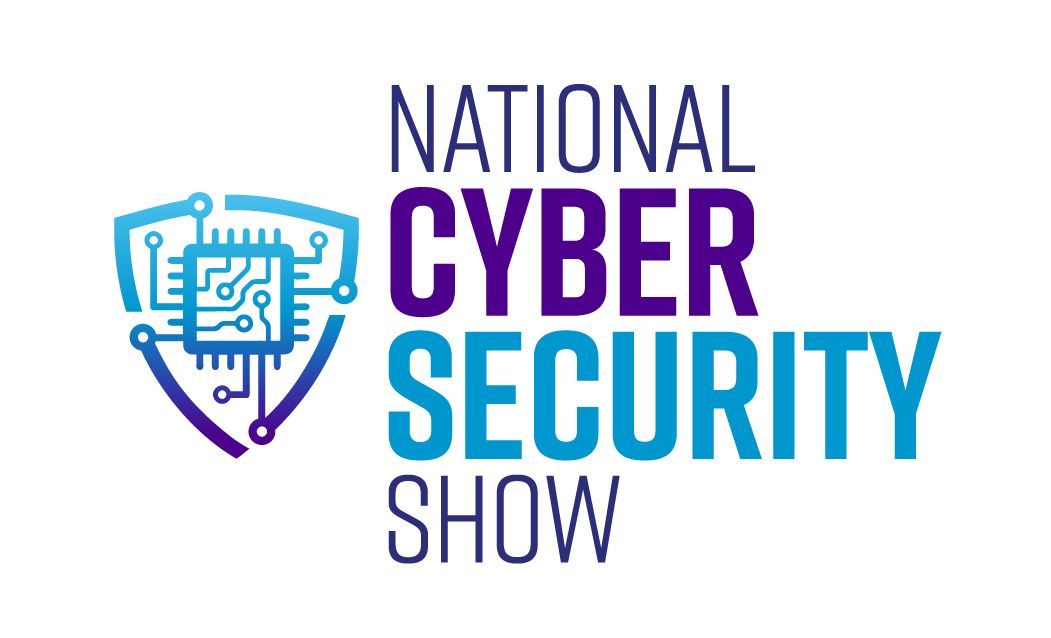Conducting ERPS Testing with SilverNet and Redvision.
Join us in conducting some ERPS testing with SilverNet and Redvision equipment!
Ethernet Ring Protection Switching (ERPS) is a standardised methodology for network design that ensures high-level redundancy and efficient flow of Ethernet traffic.
Let’s explore why ERPS is beneficial in network setups:
High Reliability and Network Stability: - ERPS helps achieve high reliability by creating redundant rings in the network. These rings allow rapid network recovery in case of a single-point failure. - When implemented properly, ERPS can achieve recovery times of less than 50 milliseconds
Ring Topologies: - ERPS rings are formed by interconnected switches sharing the same control VLAN. - Network nodes are connected in closed loops, forming rings. Additional rings can be interconnected by joining two nodes from each. - This redundancy ensures that even if one link fails, traffic can be rerouted seamlessly.
Loop Prevention and Traffic Management: - ERPS actively manages traffic to prevent looping. - Under normal conditions, the protocol blocks traffic on a single-ring link. - In the event of a node failure, the protocol reroutes traffic by opening the necessary closed link, ensuring uninterrupted data flow. - Once the failed node is restored, the protocol seamlessly closes the temporary link to maintain protection against data loops.
ingle-Ring Principle: - ERPS Single-Ring configuration involves connecting all network nodes in a single loop managed by the ERPS protocol. - To prevent loops, a loop-breaking mechanism can be activated, blocking the owner port of the Ring Protection Link (RPL). - In case of a link failure, ERPS unblocks the previously blocked port and initiates link switching to restore seamless communication among nodes within the ring network.
Data Security: - ERPS helps protect critical data by centralizing it in one place. - With a cloud-based ERPS system, data is distributed across multiple remote servers, adding redundancy and security. - Permissions control who can view and edit data, reducing opportunities for fraud.
Standardized/Centralized Data: - ERPS ensures that all information from different departments is stored in one system. - Standardized data formats prevent issues when running reports or analytics. - Having consistent data allows for informed decisions that save time and money In summary, ERPS enhances network reliability, prevents loops, and provides centralized data management, making it a valuable addition to network setups.
The equipment used in this video includes: SilverNet Series 7 Switches SilverNet PRO Range Wireless Links SilverNet STREAM 605 links Redvision PTZ Camera Redvision/Digifort Video management Software SilverView NMS Find out more about the stable and resilient SilverNet equipment used over on our website: silvernet.com







